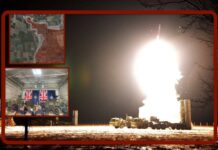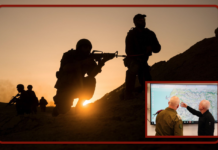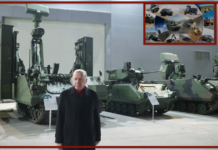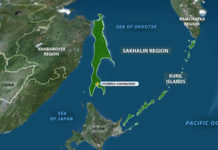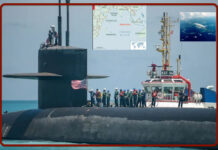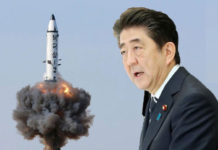During the mid 90s the economies of the Far East, notably South Korea, Singapore, Taiwan and Hong Kong were labelled by commentators with the aggressive name of “Asian Tigers” due to their tremendous growth in GDP (Gross Domestic Product) and economic power. Currently the word “tiger” is still used to name a country which is fast developing in the fields of market, economy, industrialization and technology.
Far from the Pacific Asia but close to Europe, a new “tiger” is roaring: Azerbaijan, a little State in the Caucasus. Despite less than 90.000 square kilometres and with 9.5 million population, this tiny country is actually one of the few but fastest-growing economies in all the Old Continent.
The Caucasus is a mountainous region divided in many states, like Turkey, Armenia, Georgia, Russia, Azerbaijan and Iran. The history of Caucasus dates back to many thousands years, and still today it is believed that in the nearby mount Ararat (Turkey) the famous Noah’s Ark stopped after the Biblical Great Flood. Strategically located in the crossroad between Europe and Asia, the Caucasus region split in different states after the Soviet Union’s 1991 collapse. Three different states came out from the former Soviet era, Armenia, Georgia and Azerbaijan, and all three are deeply different in culture, traditions, language and also alphabets.
The history of modern Azerbaijan started in 1918, but after only two years the first independent republic (Azerbaijan Democratic Republic) was conquered by the Soviet Red Army. The autonomous Azerbaijan was therefore replaced by the Azerbaijan Soviet Socialist Republic, a rubberstamp state ruled by Moscow.
The end of the Soviet Union opened the modern era in the history of Azerbaijan. The independence was restored in the end of 1991, and after the Nagorno-Karabah clashes the new Republic was ready to face the transition’s challenge from a soviet economy to a capitalist one.
Soon the industrial and agricultural sectors recovered, switching to the free market and leading the country’s impressive growth. Azerbaijan’s GDP scored important successes, increasing its level by 9.3% and 5% in 2009 and 2010, to 0.2% in 2011 (CIA World Factbook data).
Today Azerbaijan is one of the most developed country in all the region, and especially its geographical position and internal stability makes this nation an important player in many fields. Beside that, Azerbaijan holds vast amount of oil and gas, and this industry is the real backbone of the national economy, accounting for 90% of the exports. The first export partner for the country is Italy, followed by US, Germany and France. Therefore, the national economy relies heavily on hydrocarbons, but the Government is trying to reinforce also the non-energy sectors, using the oil and gas revenues to diversify the economy.
Real estate and construction seem to be also relevant ingredients of Azerbaijan economy. Baku, the capital city, has more than 2 million inhabitants, that is nearly a quarter of the whole country population. The city centre is a unique blend of ancient monuments, like the famous Maiden Tower, Soviet buildings and modern constructions like colourful skyscrapers. The suburbs are under a vast program of refitting and reconstruction. Projects for new buildings, streets and infrastructures are developing quickly, backed by the oil and gas revenues. Many areas of the city, especially in the suburbs, are transforming their look, changing from shattered settlements of one-floor houses to Western-style blocks of flats. During day and night it is possible to see many workers digging and building new structures, above and beyond the surface.
The Government palaces bright in Baku’s night. Usually these buildings are refurnished and restored, their surfaces are clean and their size relevant. Around them, during the evening, the streets are crowded with people and families, like nearly every city centre in Europe.
Azerbaijan’s lively nightlife is perhaps the best metaphor of the new country’s dynamism; despite the fall in GDP growth, Azerbaijan in still rich in resources and can offer to the foreign investor and entrepreneur many business possibilities. If Baku’s government will be able to handle the growth of both the energy and the non-energy economic sector, soon it will be ready to be called the new “Caucasus Tiger”.


